Discovering 16th Century Antwerp While Pinching Your Nose
When it comes to history, we know sixteenth-century Antwerp mainly through the gaze of merchants, artists and intellectuals. But who else was walking around there? What did the international city sound like? How did it smell? With the cathedral as the focal point, Wendy Wauters describes the city on the Scheldt in scent, colour and sound.
In The Smells of the Cathedral, art historian Wendy Wauters (b. 1983) acts as an enthusiastic guide through late medieval Antwerp. Her point of departure is the Cathedral of Our Lady, the most important religious building in the city. There, all layers of the thoroughly Christian society gathered mainly for religious and social matters, but also for work-related and sometimes even romantic meetings: the cathedral was a place of seeing and being seen.
Wauters guides the reader with colourful descriptions, contemporary stories from well-known and unknown individuals and numerous illustrations from various sources. Her goal for this book is to give the twenty-first century a sensory insight into the experiences, emotions, beliefs and perceptions of churchgoers who lived in Antwerp between 1481 and 1566. And she has done it very well. Readers may want to pinch their noses closed when she describes dubious relics, the dreaded plague, rotting corpses, mistreated stray dogs, and stinking pilgrims. The elusive late-medieval dynamic is also reflected in the crowded painting The Fight Between Carnival and Lent (1559) by Pieter Bruegel the Elder, which forms the cover of the book.
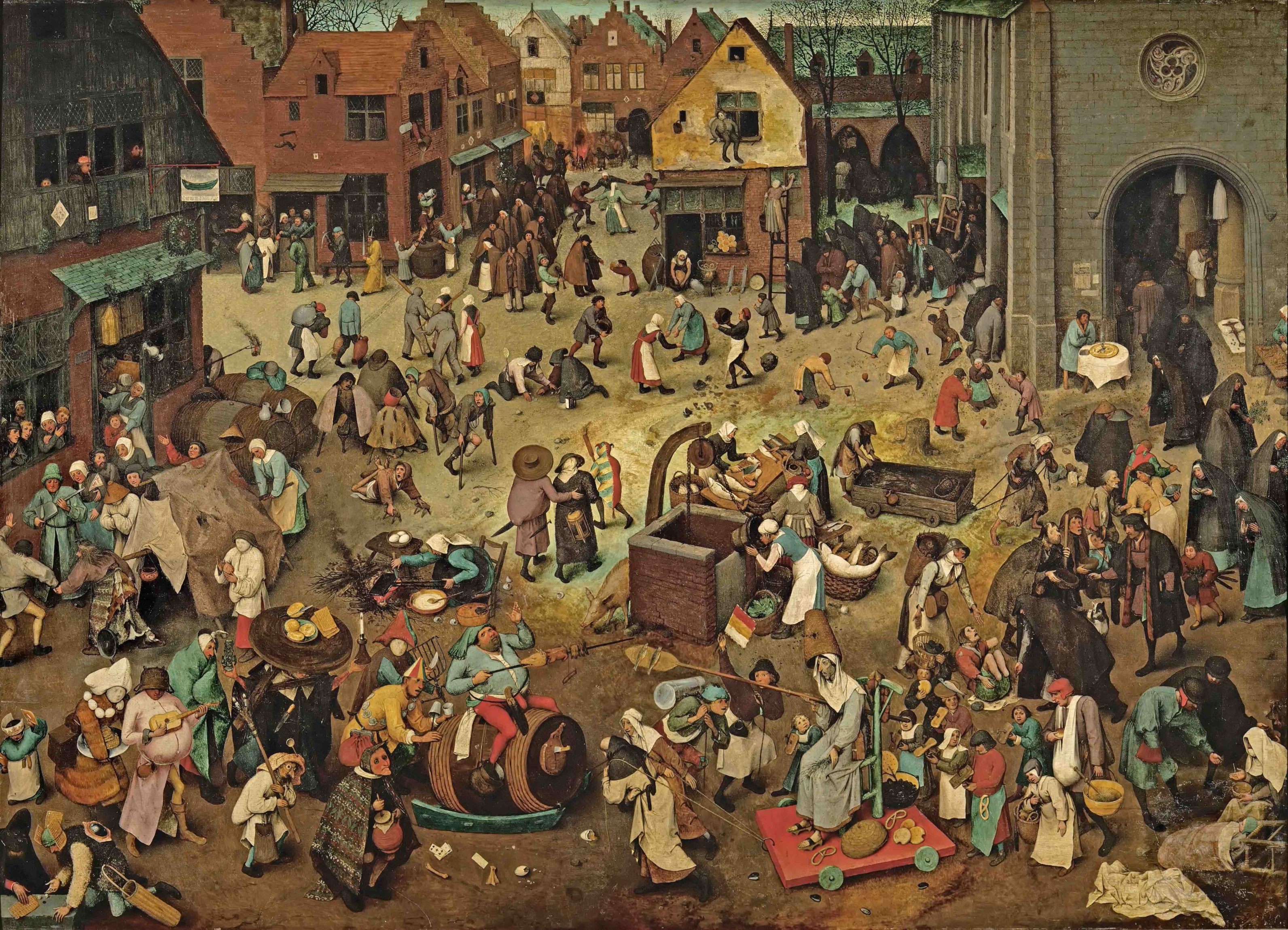 'The Fight Between Carnival and Lent' by Pieter Bruegel the Elder, an oil painting from 1559, shows the late-medieval dynamic Wendy Wauters evokes in 'The Smells of the Cathedral'.
'The Fight Between Carnival and Lent' by Pieter Bruegel the Elder, an oil painting from 1559, shows the late-medieval dynamic Wendy Wauters evokes in 'The Smells of the Cathedral'.© Kunsthistorisches Museum, Wien
Antwerp was one of the most important trading cities and cultural centres of Europe in the sixteenth century. It was a thriving and cosmopolitan city where merchants, artists and intellectuals from all over the continent gathered. It is, therefore, not surprising that the idea of the city on the Scheldt as an international hub is often the subject of historical works and even forms the backdrop of historical novels, such as Jeroen Olyslaegers’ Wildevrouw (Wild Woman, 2020).

Historians mainly discuss Antwerp as a trading metropolis. A recent example is Antwerp: The Glory Years (2021), in which the British historian Michael Pye – like many authors before him – approaches the city from a socio-economic perspective. His strategy is not surprising, given the many and diverse sources left behind by commercial and influential individuals compared to the dearth of information left by their contemporaries from low-literate and uneducated circles. But, because of this approach, the modern reader often experiences historical Antwerp only through the eyes of early modern merchants, rather than through the eyes of other population groups.
Wauters’ decision to describe life in the city with the cathedral and its visitors as the focal point is a creative response to that sometimes somewhat one-sided view. One interesting source she uses is the document of rules drawn up by the city council. They reveal how the inhabitants of the city filled their days. For example, it was forbidden to hold ball games, meetings or fights in the Groenkerkhof (now the Groenplaats), the cathedral cemetery, which also served as a market and workshop. Those who left any mess in the cemetery, which was standard behaviour for the time, could be fined.
By describing such banal matters, Wauters provides a much more complete picture of Antwerp’s population. As she notes in her prologue: “The Smells of the Cathedral give a voice to all Antwerp churchgoers, from pompous nobleman to tight-fisted bakers, from law-abiding clerics to suspicious dockworkers. But especially to the nameless faces, those who are rarely heard.” Those nameless unknown people are addressed in representative case studies, such as the case of three Antwerp prostitutes who used the body parts of convicted criminals for lurid rituals to attract more business.
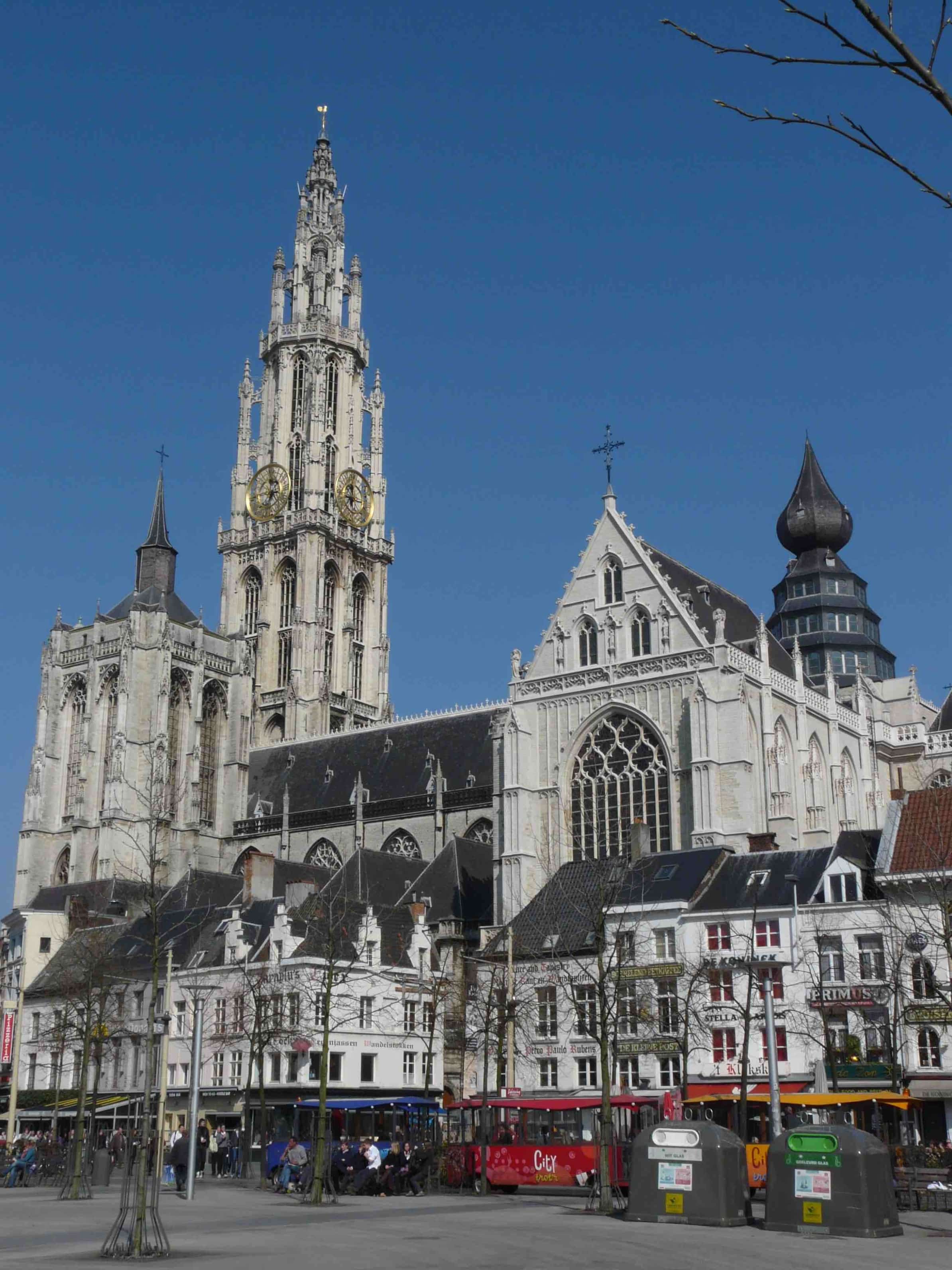 Because of the noise generated by the crowd, a mass in the cathedral could only be followed with the utmost concentration.
Because of the noise generated by the crowd, a mass in the cathedral could only be followed with the utmost concentration.© G. Lanting / Wikimedia Commons
The author builds up life in and around the cathedral chapter-by-chapter: she describes the interior, lighting, colours, traditions, customs, smells, sounds, music, visitors, residents and many other aspects of the main church in detail. It is clever how Wauters combines a thematic approach with a chronological structure that addresses the religious tensions prevalent at the time. The many chapters layer the microcosm, which breaks apart at the end of her book when the art historian discusses the Iconoclastic Fury (1566), the moment when Lutherans and Calvinists smash images, paintings, relics and other types of memorabilia while demanding that the Catholic Church return to a more “pure” form of Christianity.
Sensory experiences in historiography enriche our understanding of the past
Readers may well come to understand the irritations and frustrations of the Reformed: there were a dizzying number of traditions and rules as more and more city dwellers congregated in the spiritual space as a result of the growing population of Antwerp. This not only led to more people using the church, but also to a considerable amount of treasure and decoration. After all, piety was expected to be expressed through prayer and donation. Moreover, because of the noise generated by the crowd, a mass in the cathedral could only be followed with the utmost concentration. Readers are almost sucked into that spatial chaos. At the same time, it hurts to read that an institution that was so important to many Antwerp churchgoers was vandalised in such a violent manner.
Sensory experiences in historiography are a recent phenomenon that enriches our understanding of the past: they enable the historian to further colour the environment of historical figures. A historical event becomes much more comprehensible by appealing to human perception and empathy than it does as a dry recounting of historical facts. Consider this passage, for example: “Especially when the water flowed out of the canals at low tide, bringing rotting waste back to the surface, the stench would have been unbearable. Moreover, the foundations of the cathedral were built on an old marsh, so that large parts of the floor were always damp. The presence of groundwater therefore caused a persistent musty smell. For this reason, a layer of ox hide was put under the foundation of the north tower.”
The results of such sensory analyses are used to appeal to a wider audience. In 2021, for example, at the Fleeting: Scents in Colour exhibition held at the Mauritshuis in The Hague, museum visitors could smell vanished scents from the seventeenth century that were linked to representations in paintings from the same period. By stimulating a second sense, the museum sought to enhance the experience of looking. Also in the Netherlands, in 2022, scientists from the De Jonge Akademie and the Huygens ING/NL Lab developed a perfume based on a recipe by the seventeenth-century humanist Constantijn Huygens. You can now smell that scent when you visit his former country estate, Hofwijck, in Voorburg.

While Wauters’ book does not reproduce a perceptible historical scent, her work is certainly part of the “sensory-historical” trend. Thanks to her lively descriptions and illustrations, she stimulates other sensory organs in addition to the nose. The title The Smells of the Cathedral: the Overwhelming 16th Century in Antwerp therefore falls a bit short. The author has succeeded in presenting a lively and versatile representation of a fascinating, (almost) unimaginable world. Her enthusiasm jumps off the pages and is contagious for anyone who wants to delve into the history of Antwerp.
Wendy Wauters, De geuren van de kathedraal. De overweldigende 16de eeuw in Antwerpen (The Smells of the Cathedral. The Overwhelming 16th Century in Antwerp), Lannoo, Tielt, 2023, 320 pages.


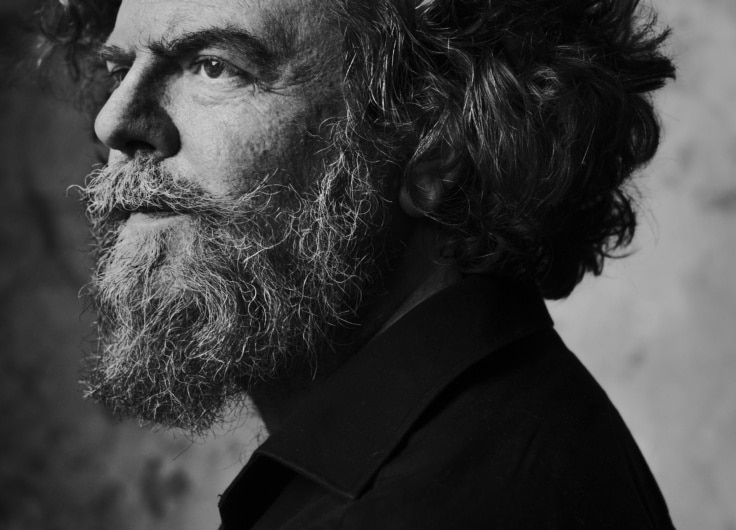
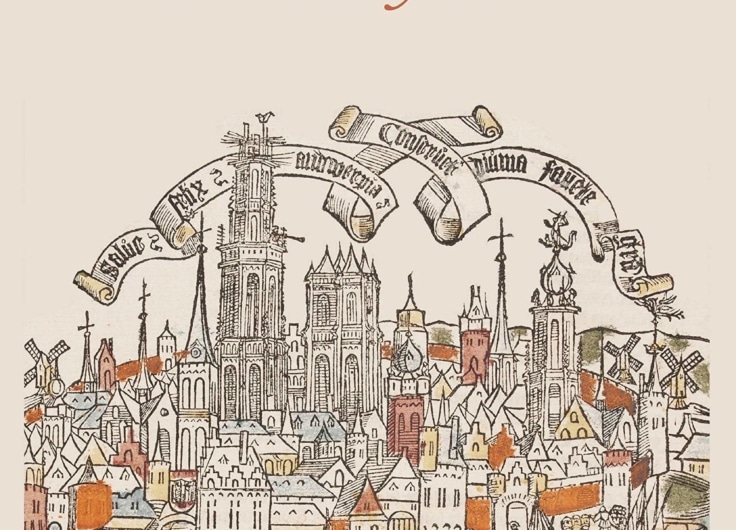
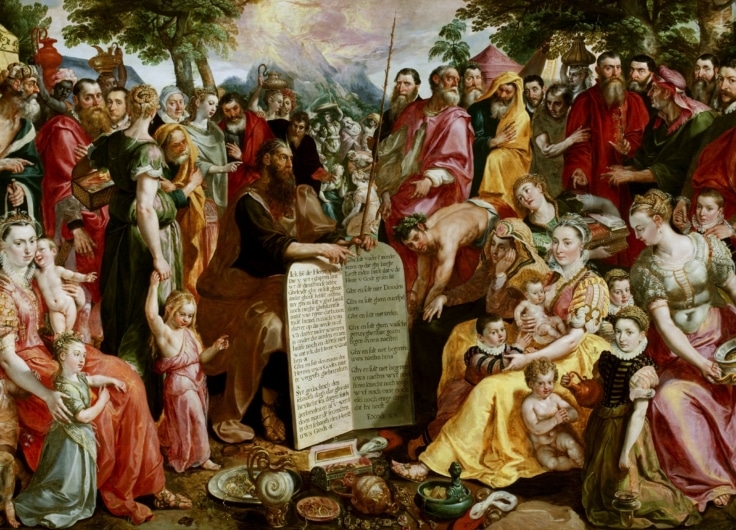
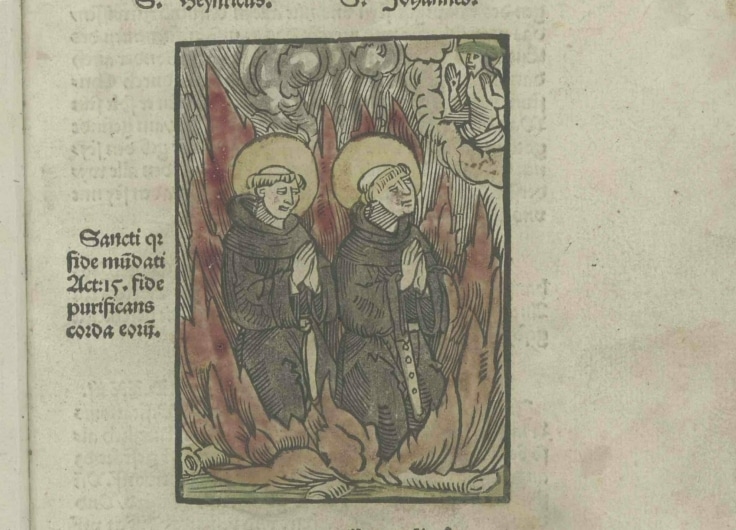
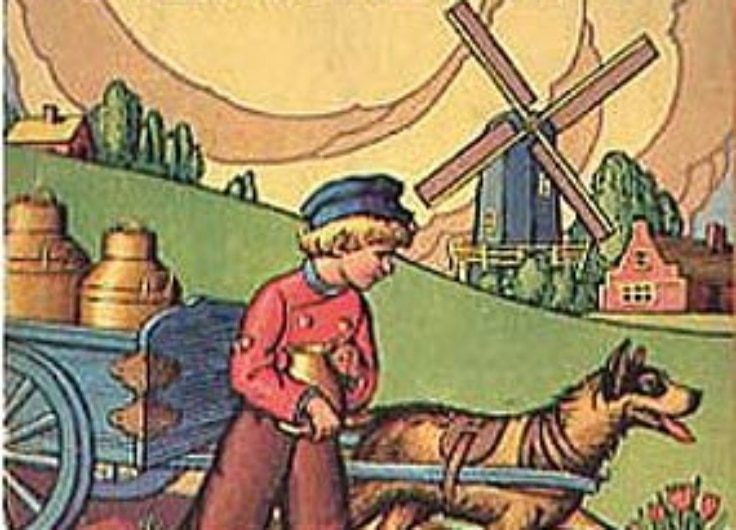



Leave a Reply
You must be logged in to post a comment.